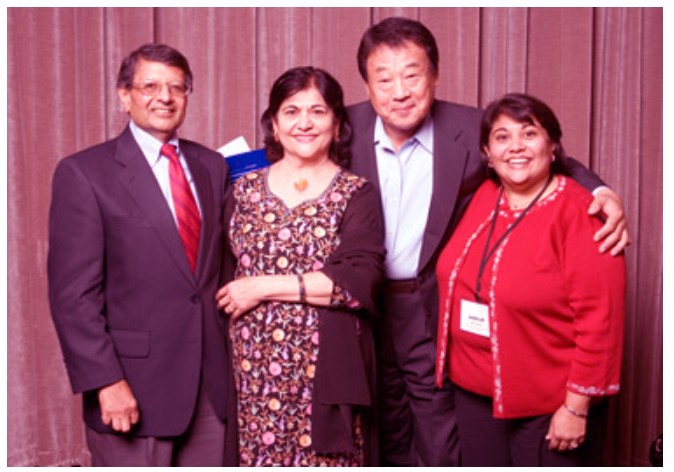7 Steps to Global Brand Management


Global brand management is a complex part of modern marketing. To help companies understand their process, we’ve compiled a 7-step framework. By following this framework, companies can improve their international marketing effectiveness and build brand equity. The steps in the framework are as follows: Create a global strategy, create a global brand council, create a global communications system, and measure your results.
Creating a global strategy
Creating a global brand strategy requires a great deal of research, planning, and dedication. A successful global brand strategy must balance shared brand experiences worldwide with the flexibility to cater to local market demands. A global brand strategy should also be well communicated and promote regular meetings and events. To ensure its success, it should also be backed by a strong global team.
For a successful global brand strategy, planners must immerse themselves in the brand’s local environment, identify common human truths, and think long-term. This is done through strategic planning, including identifying key market segments, ways to analyze performance, and business goals. In addition to these elements, a global brand strategy must be coherent and based on the company’s local strategy.
Creating a global brand strategy is a great way to leverage the benefits of economies of scale. Not only does it lower marketing costs, it also extends brand power and scope. However, it’s important to remember that consumer needs, competition, and legal environments differ in different countries. Global branding flattens consumer acceptance, but there are still significant differences among countries, and companies may have to make changes to their communications strategy and marketing mix to address these differences.
Creating a global brand council
One of the first steps in global brand management is determining who will be responsible for the global brand. This person or team should be responsible for developing the company’s brand and marketing strategy. Typically, this person or team will be the executive with overall responsibility. The brand manager will also need significant authority within the company. This will help to reduce the risk of smothering the person or team, and it will signal to the rest of the company that it is serious about building its global brand.
Creating a global brand council involves establishing a brand measurement system. This measurement system should go beyond financial measures and include other factors such as customer awareness, brand loyalty, and brand personality and associations. These metrics will enable a company to develop programs to build a powerful brand and avoid programs that can destroy it.
Developing a global brand team is a complicated process. Not only is the task of developing a superior brand strategy for a single country challenging, but the team must also work around multiple stumbling blocks. The team will need to collect a large amount of information and be extremely creative. They will also have to anticipate the multitude of challenges that will arise in implementation.
Creating a global communication system
Creating a global communication system for brand and product management is critical to the success of any company. Global communication impacts the bottom line, suppliers and customers, and can also help expand your market to almost everyone in the world. Legally importing products from other countries opens a world of possibilities. If you have a product that is not available in the country you are selling in, you can easily import it from another country that has a legal market.
LSI’s client mentoring program helps companies build a global communication system. Clients are given an action plan based on the six steps of the global communications maturity model. Taking this approach can help you create an efficient global communications management system and expand your brand into new markets as your organization expands.
Building a global communication platform goes beyond creating a tagline or an effective global logo. It starts with a customer-centric approach, identifying high-level insights and defining the core strengths of a brand. From there, you must build an emotional connection to the brand and establish recognition through consistent application.
Measuring the effectiveness of your brand management
One global brand manager, a newly appointed global brand manager, organized a review of all the company’s brands to determine if global brand management was effective. The review revealed that country-level brand managers were using their own vocabulary and strategies, which contributed to inferior marketing and weakened brands. The company then implemented a global planning system, but brand managers were not given incentives to use it, resulting in inconsistent and half-hearted planning.
While developing a global brand should not be a top priority, companies should invest in creating strong brands in each country they serve. Global brand management involves a companywide communication system, and managers from each country should be made aware of successful programs and information about their customers. By understanding how their customers feel about each brand, companies can create programs to maximize their global brand equity and avoid programs that could hurt them.
One example of a company with a global brand strategy is Mobil. The company has separate global brand teams for each business segment and a global brand council that coordinates these brands.
